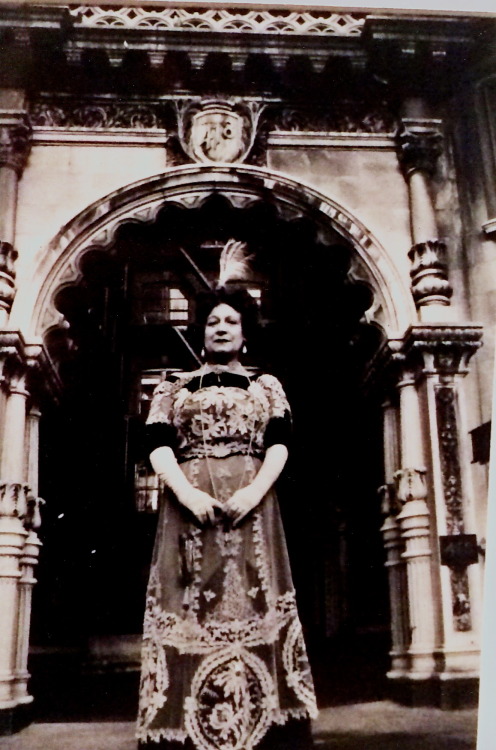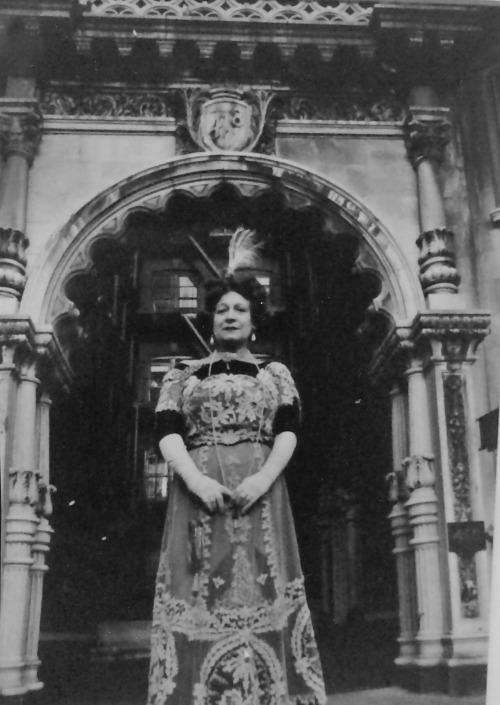Stunning Portraits
of
Mixed-Race Families
By David Rosenberg
Doyle Family, 2010
Citizenship: American. Ancestries: African, American Indian, Creole, Cuban, French, Irish. Languages: English, Spanish, French. Live in New York.
Cyjo
Fascinated by the evolution of identity, the photographer Cyjo, who styles her name CYJO, has created a series of portraits that examines how race, ethnicity, and heritage contextualize a person as an individual, and how they coexist within the framework of a family.
Cyjo identifies herself as a Westerner of Korean ethnicity (she was born in South Korea and raised in the United States) and photographed the series “Mixed Blood” from 2010–13 in both New York and Beijing. She has explored the dynamic between individual and collective identities in her previous work via a more abstract approach, but, with “Mixed Blood,” she uses the more literal approach of portraiture.
Over time, as humans migrate and change environments, the definition of identity has evolved to adjust to a broader definition of race and ethnicity. Cyjo pointed out that, in 2000, the United States Census for the first time allowed people to choose more than one identifier when noting their race. Almost 7 million people chose to count themselves as mixed race, a number that has continued to grow over the past decade and a half.
Chandola Family, 2013
Citizenships: Indian, Korean. Ancestries: Indian, Korean. Languages: English, Korean, Mandarin, Hindi. Live in Beijing.
Cyjo
Snodgrass Family, 2013
Citizenships: American, Chinese. Ancestries: German, Han Chinese, Irish. Languages: English, Mandarin. Moved back and forth to China since 1999.
Cyjo
Valter Family, 2010
Citizenship: American, German. Ancestries: African-American, American Indian, Bahamian, French, German. Languages: English, German, French, Spanish. Live in New York.
Cyjo
Throughout “Mixed Blood,” Cyjo wanted to portray the ever-changing definition of race and to examine the uniqueness of the individual within their families.
“The format for ‘Mixed Blood’ had the individuals together but standing separately (with the exception of select mothers and babies) which allowed the individual and group identities within the family unit to be more clearly observed,” she said.
Cyjo found some of the families she photographed in the series through friends, and others she found through happenstance, something she said helped to form a narrative for the work.
“The organic process of accumulating a group brought a sense of random sincerity as opposed to a fixed image or expectation that could occur if people were specifically researched and then chosen to be a part of the project,” she added. “The accident of inclusion allows for the outcome or end product to be more of a surprise and that excites me.”
Separating the individuals within each portrait, with parents on the left and children on the right, also makes it easier for the viewer to compare and contrast each family. It is also possible to get a glimpse into the family’s living environment, another example of how cultures are shared. Although Cyjo set up the portraits, she said there is still an element of spontaneity in the images, seen through subtle body positions or expressions of the participants.
Kishimoto Family, 2013
Citizenships:Chinese, Japanese. Ancestries: Han Chinese, Japanese, Xibo Chinese. Languages: Mandarin, Japanese, English. Live in Beijing.
Cyjo
Casarosa Family, 2010
Citizenships: American, Italian, Korean. Ancestries: Italian, Korean. Languages: English, Italian, Korean. Live in New York.
Cyjo
Cyjo said one of the reasons she began the series was a curiosity about exactly what “mixed ethnicity” currently represents, noting that as countries such as China continue to modernize, how the mix of new culture will blend with longstanding traditions will be interesting to follow. While there are people who fear cultural blending, Cyjo said the idea of a global identity and our definition of self, culture and race is rooted in life experiences and personal choices.
“But the bigger question is how will cultures and people maintain their individuality?” she asked. “What will be those cultural differences aside from language and food that will make a culture unique? There’s so much more we can learn from each other, especially from our differences.”
Huang Rierson Family, 2013
Citizenships: American, Belgium. Ancestries: French, Hakka Chinese, Han Chinese, German, Irish, Scottish. Languages: Mandarin, French, English. Live in Beijing.
Cyjo
James Family, 2010
Citizenship: American. Ancestries: American Indian, Chinese, Dutch, English, Filipino, German, Irish, Japanese, Prussian. Languages: English, French, Pidgin English (a mix of English, Hawaiian, Chinese, Japanese, and Filipino). Live in New York.
Cyjo
*

The Hapa Project
The Hapa Project is a multiracial identity project created by artist Kip Fulbeck. The project embodies a range of mediums, including a published book, traveling photographic exhibition, satellite community presentations, and online communities
Fulbeck began the project in 2001, traveling the country photographing over 1200 volunteer subjects who self-identified as Hapa (defined for the project as mixed ethnic heritage with partial roots in Asian and/or Pacific Islander ancestry)
Each individual was photographed in a similar minimalist style (directly head-on, unclothed from the shoulders up, and without jewelry, glasses, excess make-up, or purposeful expression)
After being photographed, participants identified their ethnicites in their own words, then hand-wrote their response to the question “What are you?”
Over 1200 volunteer participants were photographed at dozens of shoots throughout California and Hawaii, as well as Illinois, New York, and Wisconsin
The Hapa Project was created to promote awareness and recognition of the millions of multiracial/multi-ethnic individuals of Asian/Pacific Islander descent; to give voice to multiracial people and previously ignored ethnic groups; to dispel myths of exoticism, hybrid vigor and racial homogeneity; to foster positive identity formation and self-image in multiracial children; and to encourage solidarity and empowerment within the multiracial/Hapa community
Fulbeck notes a main objective “… was to make the book I wish I owned when I was a kid. I never knew anyone else like me, going through things I went through, not fitting in, always having to choose sides … ”
“Identity is a personal process and I’m adamant that it should be a personal decision, not one made by a community, a government or others”
Fulbeck also states that despite its utilization of common racial classifications, The Hapa Project is fundamentally a project about identity rather than race: “It’s about identity using race as a starting point.” He argues that race in itself is not biologically determined, but socially created:
“For the record, race is not a scientifically sound assumption. For example, there is no DNA difference between human beings. We are all African. Biologically, race does not exist. It is a social and cultural construct … ”
“The U.S. is a country with a long history of social genocide (Native Americans, African slavery, etc.) and this was all due to the seeming differences we attributed to race. Yes, it is very convenient to categorize people according to race. It is also extremely inaccurate”
The project has exhibited throughout the U.S. and abroad












.gif)